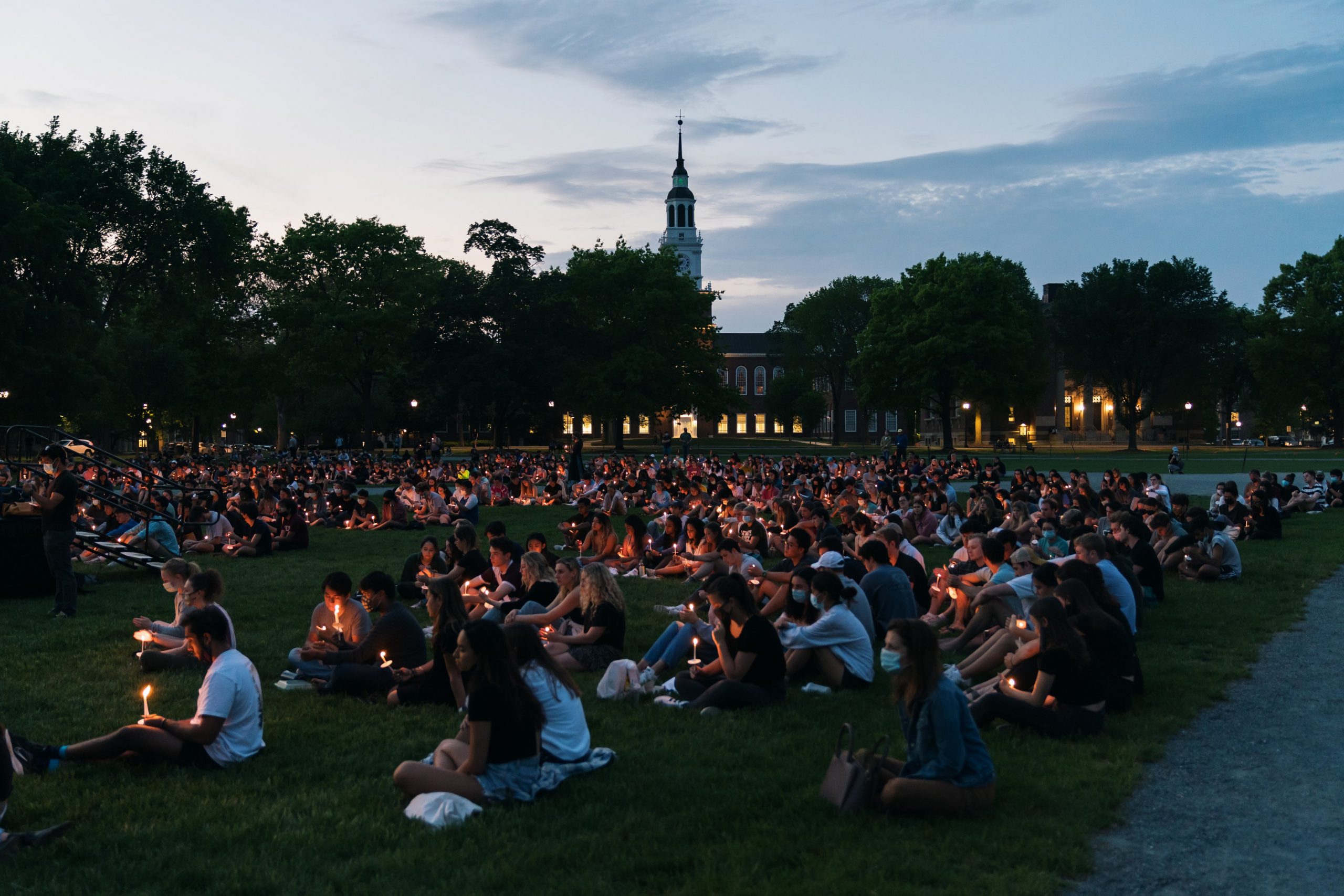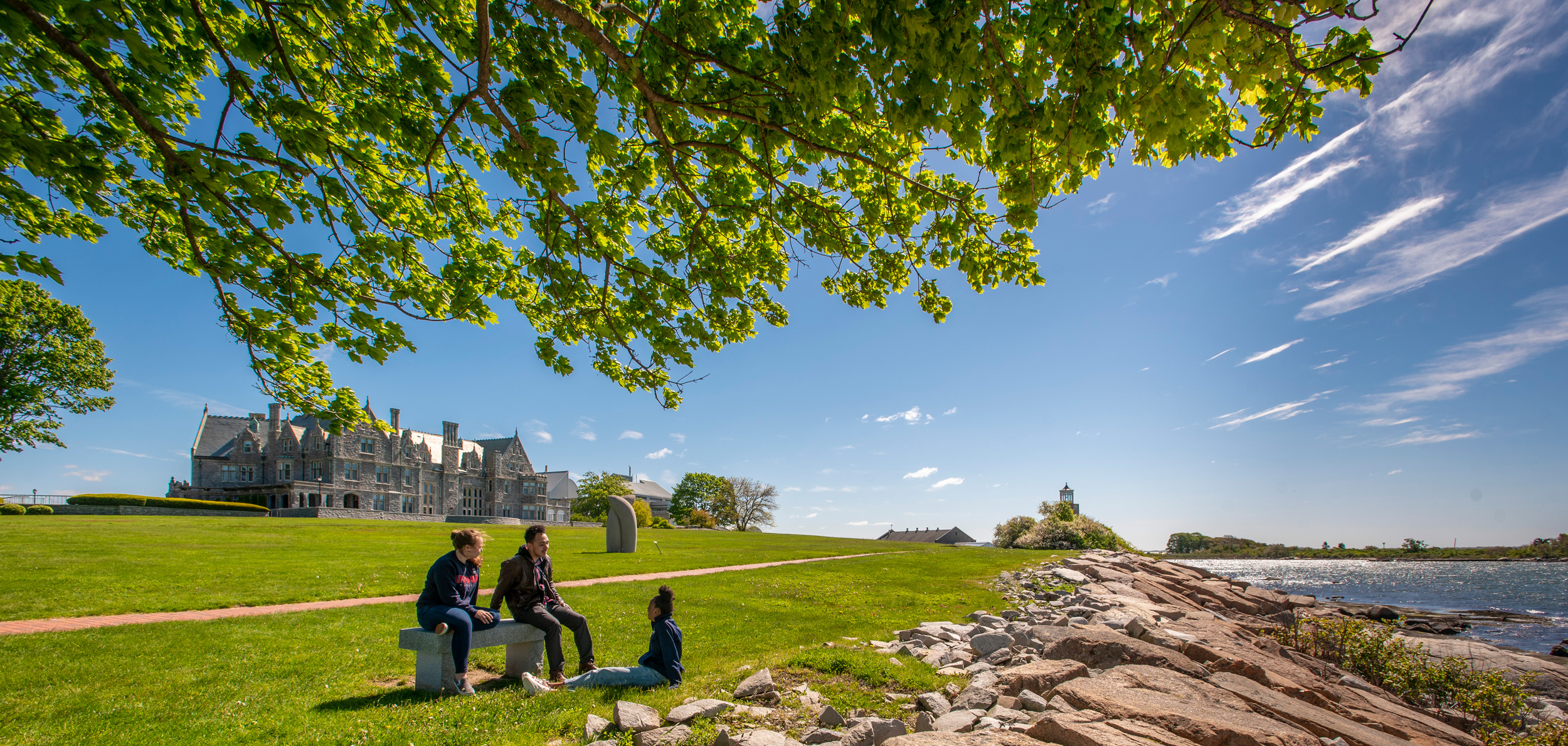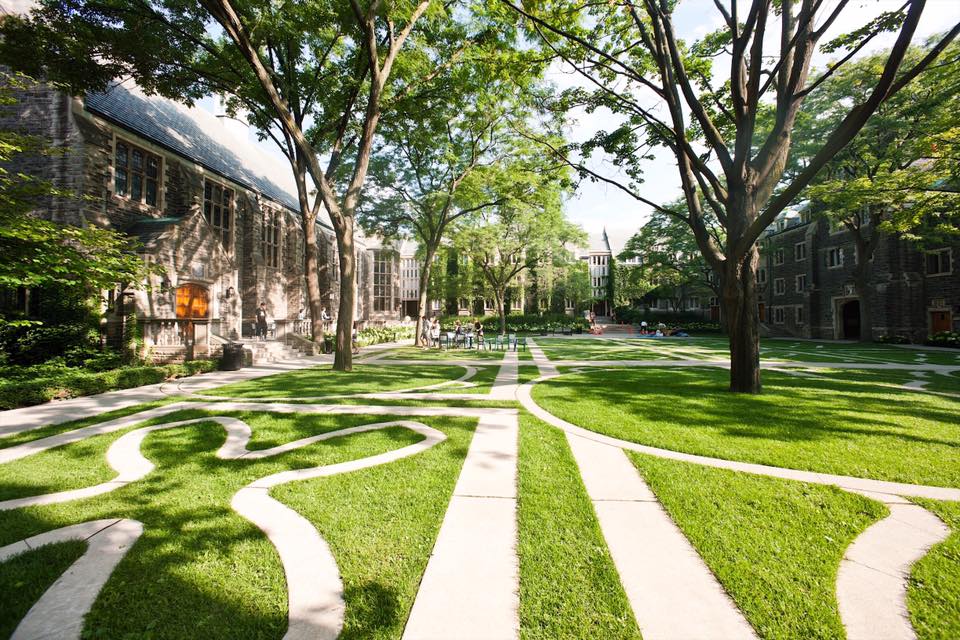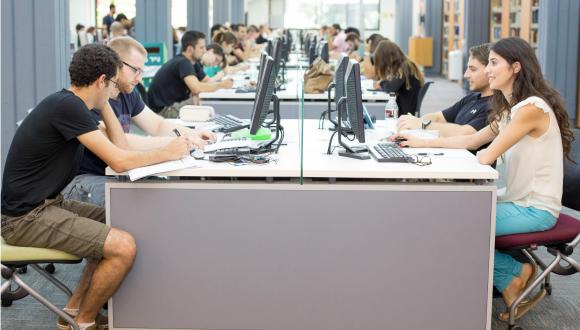Category Archives: Coffee
- Home
- Archive by category "Coffee" (Page 6)

Coffee Taste Test
“The morning cup of coffee has an exhilaration about it
which the cheering influence of the afternoon or evening cup of tea
cannot be expected to reproduce.”
Oliver Wendell Holmes (“The Autocrat of the Breakfast-Table”, 1857)
The Decline of Men on Campus
Dartmouth University Facilities Operations & Management | Utility Systems
IEEE Education & Healthcare Facilities Committee
Investment Office: Endowment Reports | $7.9B Total, $2.1B Facilities
Three terms in 30 seconds. Luke Trevisan '28 took a photo from his Wheeler dorm window every day for 250 days. pic.twitter.com/Z3hpI6bEDQ
— Dartmouth 🌲 (@dartmouth) July 24, 2025
“Hazelnut MOOcha Latte” Madelyn Pickett ‘23 ’25 (ENG)
University of Connecticut Statement of Net Position2024: ($-276.1 M) | Page 17
Hazelnut MOOcha Latte Debuts at UConn Dairy Bar for Fall https://t.co/QlyPY8ul1J
— Standards Michigan (@StandardsMich) October 16, 2025
Cortado
This content is accessible to paid subscribers. To view it please enter your password below or send mike@standardsmichigan.com a request for subscription details.
Little Seed Coffee Roasters
Middlebury College Statement of Financial Position 2024: $2.218B (Page 5)
2017 Master Plan Update & Retrospective
Liv, Love, Local: Little Seed Coffee Roasters https://t.co/HXw0Z02qwb
— Standards Michigan (@StandardsMich) October 14, 2025
Warehouse 4
This content is accessible to paid subscribers. To view it please enter your password below or send mike@standardsmichigan.com a request for subscription details.
Cafes at Saint George
University of Toronto Asset Management Corporation Report | $8.2B
Today we welcome #UofT‘s 17th president, Melanie Woodin. An internationally recognized neuroscientist and double graduate of U of T, Woodin starts a new chapter on her first day in office. ➡️ https://t.co/m7LbcVmGyt pic.twitter.com/f1pr0fussI
— University of Toronto (@UofT) July 2, 2025
Jordan Peterson was a Professor at the University of Toronto St. George
“The Discovery of Insulin” 1921
At the beginning of the 20th century, a diagnosis of Type 1 diabetes was a death sentence. Scientists on the faculty of the University of Toronto discovered insulin; thus saving millions of lives around the world.@UofT https://t.co/EG6fHVQKPK pic.twitter.com/yweLJiNDI4— Standards Michigan (@StandardsMich) July 2, 2024
#UofT and its hospital partners are celebrating the life and legacy of Professor Emeritus James Till, whose research demonstrated the existence of stem cells and fundamentally transformed the field of medical science. https://t.co/1l3w4XdUwP pic.twitter.com/lLPKXkjGAp
— University of Toronto (@UofT) June 4, 2025
Facilities & Services | Campus Master Plan | 2025 update to U & T building design standards
Iced Coffee: Summer Only or Year Round?
Investing in Purdue’s Future: Major Capital Project 2024 | Standards Indiana
Dietrich Bonhoeffer: The Terrifying Theory of Stupidity
Neil Armstrong: Moon Walker. Innovator. Boilermaker.
When it comes to space exploration, Purdue University stands out — 27 astronauts strong. Neil Armstrong (BS aeronautical engineering ’55) was the first person to walk on the moon. Eugene Cernan (BS electrical engineering ’56)… pic.twitter.com/qDHv71NEqK
— Purdue Engineering (@PurdueEngineers) August 5, 2024
Force required to operate the plunger on a French press coffee pot
Statement of Financial Position: 378 £ million | Standards Scotland
American Journal of Physics (Complete Paper)
F. B. Wadsworth, C. E. J. Vossen, M. J. Heap, A. Kushnir, J. I. Farquharson, D. Schmid, L. Belohlavek, M. Huebsch, L. Carbillet, J.E. Kendrick, D. Dingwell
The French press is a popular device for brewing coffee, comprising a cylindrical beaker—or “jug”—fitted with a lid and plunger with a fine wire mesh filter. The plunger is used to drive the solid coffee particles to the bottom of the jug, separating these grounds from hot liquid above. When using the French press in this way, a growing permeable pack of ground coffee is pushed through hot water by applying force to the plunger. We use a combination of kitchen-based and laboratory experiments to determine the force required to push on the plunger as a function of the speed of the plunger and the mass of coffee used. We calculate that for the recommended preparation method, the maximum force is 32 N to complete the pressing action in 50 s. We propose that home coffee preparation provides a fun, low-cost, and relatable learning opportunity for students and for those who are interested in coffee science.
Coffee Shop in the Library
Standards Institution of Israel | Tel Aviv University Statement of Financial Position 2022: ₪ 8.332B
…’Nestled at the entrance of Tel Aviv University’s Brender-Moss Library for Social Sciences, Management, and Education, a coffee cart—welcomes students and faculty with its setup on the entrance floor and adjacent plaza.
Under wide umbrellas, patrons sip aromatic hot coffees, iced lattes, or refreshing cold drinks while munching on fresh baked goods, sandwiches and snacks. Seating spills into designated library nooks, blending caffeine-fueled focus with outdoor breezes…’
7 Tel Aviv University students. 1 epic @TEDx stage.
Last week, seven remarkable Tel Aviv University students challenged traditional perspectives and shared groundbreaking ideas during the inaugural TEDxTelAvivUniversity event themed: “The New “Old”: Ideas, Reimagined.”
The… pic.twitter.com/fbbCww5eho
— Tel Aviv University (@TelAvivUni) January 12, 2025
| Peter Boghossian: Muslim Migration Failure in Western Europe w/ Raymond Ibrahim |
New update alert! The 2022 update to the Trademark Assignment Dataset is now available online. Find 1.29 million trademark assignments, involving 2.28 million unique trademark properties issued by the USPTO between March 1952 and January 2023: https://t.co/njrDAbSpwB pic.twitter.com/GkAXrHoQ9T
— USPTO (@uspto) July 13, 2023
Standards Michigan Group, LLC
2723 South State Street | Suite 150
Ann Arbor, MI 48104 USA
888-746-3670




















